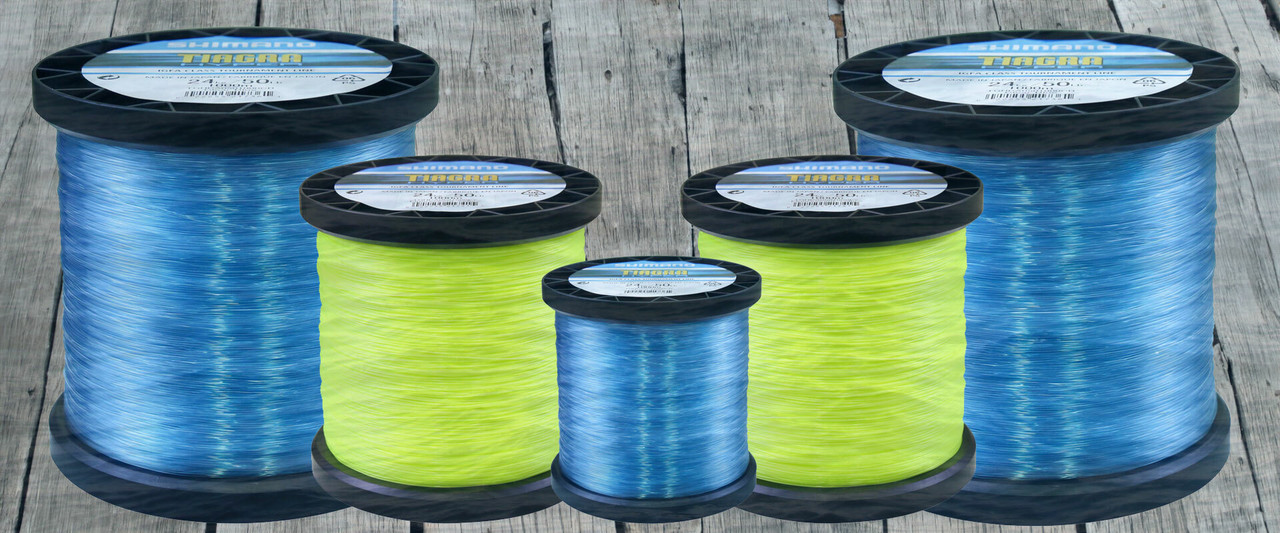A Tackle Shop Guide to Monofilament Fishing Line
While braided line is fantastic for lure fishing, there are many situations where monofilament is simply the smarter choice. Understanding when and why to use mono is the key to unlocking its advantages. This guide will go beyond the basics and break down the specific characteristics to look for when choosing the right monofilament line for your needs.
A Note From Our Local Experts
"It's interesting to see in the shop that while braid dominates our instore shelf space in our line section, our offshore, beach and rock fishing customers are still buying spools of monofilament. They know something that many anglers have forgotten: for pure abrasion resistance and shock absorption, a quality mono is still king.
When you're trolling game lures for tuna or pulling a big snapper out of a nasty reef, the forgiveness that the stretch in mono provides is a massive advantage over braid. It's not old-fashioned; it's a specific product, and in many cases, it's still the best option out there to use when saltwater fishing."
- Ben Czulowski, Owner, Fishing Tackle Shop (Ocean Storm) | 20+ years industry experience
Choosing Your Mono: Supple vs. Tough
Not all monofilament is the same. The biggest difference comes down to a trade-off between softness (for casting) and hardness (for abrasion resistance).
✔
Supple / Low-Memory Mono: This type of line is softer and has less "memory," meaning it's less prone to coiling. This makes it a great choice for casting light baits and lures from a spinning reel, as it flows off the spool smoothly.
✔
Tough / Abrasion-Resistant Mono: This line has a harder outer coating, making it significantly more resistant to being scraped on rocks, reef, and oysters. It's the top choice for leader material and for any fishing situation where durability is the number one priority.
Pro-Tips for Using Monofilament
- The Trolling Advantage: Mono's inherent stretch is a huge advantage when trolling. It acts as a natural shock absorber, smoothly handling the violent strike of a mackerel or tuna and preventing the hooks from tearing out.
- Re-Spool Regularly: Unlike braid, monofilament can degrade over time from UV exposure. To ensure your line is always in top condition, it's a smart practice to re-spool your reels with fresh mono at least once every 6-12 months, especially if they see a lot of sun.
- Wet Your Knots: When tying knots in mono, always lubricate the knot with a bit of saliva before pulling it tight. This reduces friction, prevents heat damage that can weaken the line, and allows the knot to seat correctly for maximum strength.
Frequently Asked Questions
How does line diameter affect my fishing?
Line diameter is a critical factor. A thinner diameter line will cast further, have less drag in the current, and allow you to fit more line on your reel. However, a thicker diameter line of the same breaking strain will almost always have better abrasion resistance. It's a trade-off between casting performance and pure toughness.
What is "line memory" in monofilament, and how can I reduce it?
"Line memory" is the tendency for mono to retain the coiled shape it has on the spool, which can lead to tangles. To reduce it, you can stretch the first few metres of your line before you start fishing. After casting, you can also give the line a gentle pull to straighten it. Using a quality, supple monofilament is the best way to minimise memory issues from the start.
Can I use monofilament as a leader with braided line?
Yes, absolutely. Using a monofilament leader with a braided main line is a very popular and effective technique. It gives you the best of both worlds: the sensitivity and thin diameter of braid, combined with the shock absorption and abrasion resistance of a mono leader. It's an excellent setup for both lure and bait fishing.
Is monofilament good for topwater lure fishing?
This is an excellent question. Because most monofilament lines float or are slow-sinking, they are a fantastic choice for fishing topwater lures like poppers and stickbaits. Unlike a fast-sinking fluorocarbon leader which can pull the nose of the lure down, a mono leader helps the lure maintain its natural, buoyant action on the surface.



